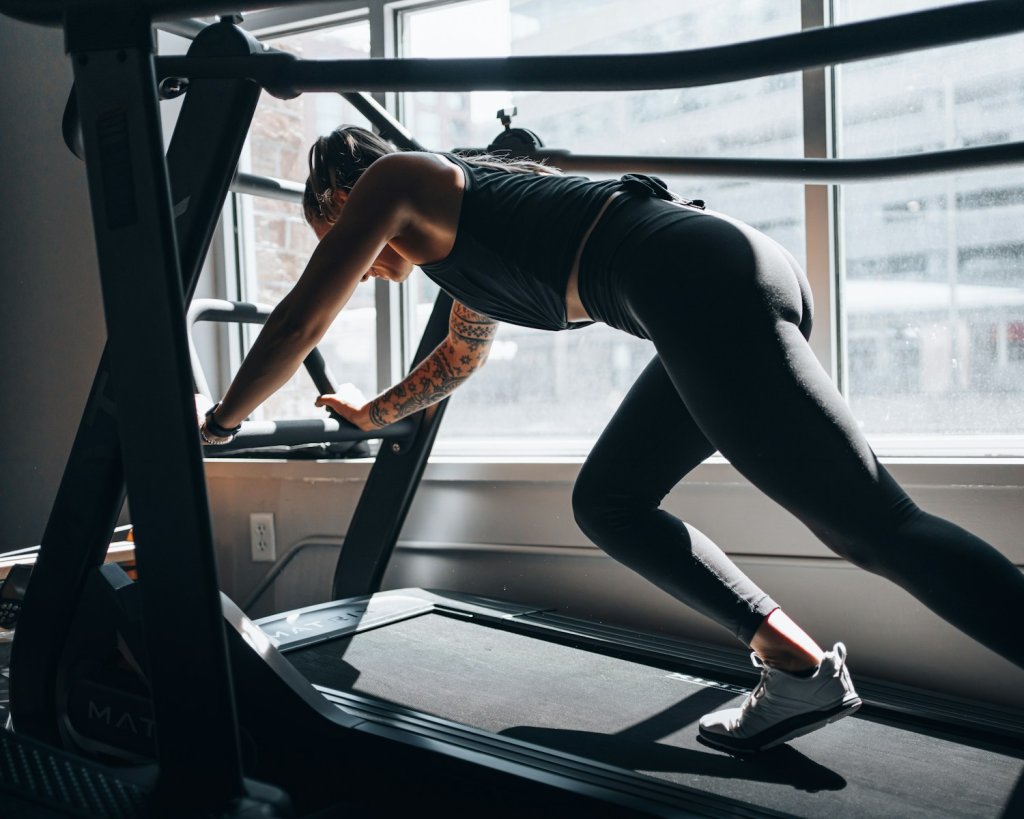Walking alone will not dramatically increase muscle size, but it can preserve lean mass, improve muscular endurance, and contribute to modest strength gains when performed with the right methods. For many people, walking is just a way to stay active—but with strategic modifications, it can become a valuable muscle-supporting tool. In this article, we’ll break down what the science says, how walking affects your muscles, and proven ways to make it more muscle-building while keeping it low-impact.

How Walking Impacts Muscle Development
Muscles Worked During Walking
Walking uses multiple muscle groups:
- Quadriceps – push your leg forward
- Hamstrings – help with leg flexion and propulsion
- Glutes – stabilize and power your stride
- Calves – lift the heel and support forward motion
- Core muscles – keep your posture stable
These muscles are mostly slow-twitch fibers, which are designed for endurance—not maximum size. That’s why regular walking maintains muscle but doesn’t typically cause hypertrophy. Reference: Verywell Health
Walking as a Muscle Preservation Tool
Studies show that when people drastically cut their step count, muscle protein synthesis slows, leading to lean mass loss—especially in the lower body. Regular walking prevents this by keeping the muscles engaged and active. Reference: GQ Health
When Walking Boosts Strength
Walking can provide strength benefits—especially when you:
- Walk on an incline (recruits more glutes and hamstrings)
- Add resistance with a weighted vest or backpack
- Include stairs or uphill climbs in your route
- Use Blood Flow Restriction (BFR) techniques, which studies show can increase muscle size by 4–7% in just three weeks Reference: J-Stage Study
How to Make Walking Build More Muscle
1. Walk on an Incline
Incline walking forces your muscles—especially glutes, hamstrings, and calves—to work harder, while also burning more calories. Even a 4–10% incline can make a noticeable difference. Healthline: Incline Walking Benefits
Action Tip: Swap two flat walks per week for a 20–30 minute incline walk.
2. Add Resistance (Rucking)
Wearing a weighted vest or backpack increases load on your muscles, making each step more challenging. Start with 5–10% of your body weight and progress gradually to avoid joint strain.
3. Try BFR Walking (Only with Guidance)
Blood Flow Restriction training limits blood flow out of the working muscles, creating a stimulus for growth even at low intensities. This is especially beneficial in rehab settings but should be done with professional supervision.
4. Add Strength Breaks
Incorporate short bodyweight exercises during your walk:
- 15 squats
- 12 lunges per leg
- 20 calf raises
Repeat every 5–10 minutes to combine cardio with muscle activation.
5. Use Interval Walking
Alternate between 1–2 minutes of brisk walking and 1–2 minutes of recovery. Intervals activate more muscle fibers and improve both strength endurance and cardiovascular health.
Walking vs. Strength Training for Muscle Growth
| Factor | Walking (Modified) | Strength Training |
|---|---|---|
| Muscle Size Gain | Small gains possible | Significant hypertrophy achievable |
| Strength Improvements | Mild–moderate (mainly lower body) | High, across all major muscle groups |
| Bone Density Benefit | Mild | Strong |
| Calorie Burn | Moderate–high with incline/load | Moderate–high |
| Accessibility | Very high; minimal equipment needed | Requires equipment or structured setup |
Real-World Examples
- Hikers develop strong, toned legs from steep climbs and long distances with backpacks.
- Postal workers maintain lower-body strength from walking miles daily.
- Military training uses loaded marches (“rucking”) for functional endurance and muscle conditioning.
FAQs
Can walking alone tone my legs?
Yes, especially with hills or light resistance. For more definition, add resistance training.
How many days a week should I walk for muscle benefits?
Aim for at least 5 days of walking, with 2–3 sessions modified with incline or added weight.
Will walking make my legs bulky?
No. Walking focuses on endurance muscle fibers, not the fast-twitch fibers that build large size.
Key Takeaways
- Walking maintains muscle and improves endurance.
- Inclines, resistance, intervals, and BFR increase the muscle-building potential.
- Best results come from combining walking with resistance training and good nutrition.
Conclusion
Walking for muscle growth is partly a myth—but with the right modifications, it can become a practical way to strengthen and preserve your muscles. For maximum muscle gains, strength training is still essential. However, strategic walking sessions can improve endurance, protect lean mass, and enhance overall fitness.
Action Step: Add two incline or weighted walks to your weekly plan, and pair them with two resistance workouts for balanced results.
